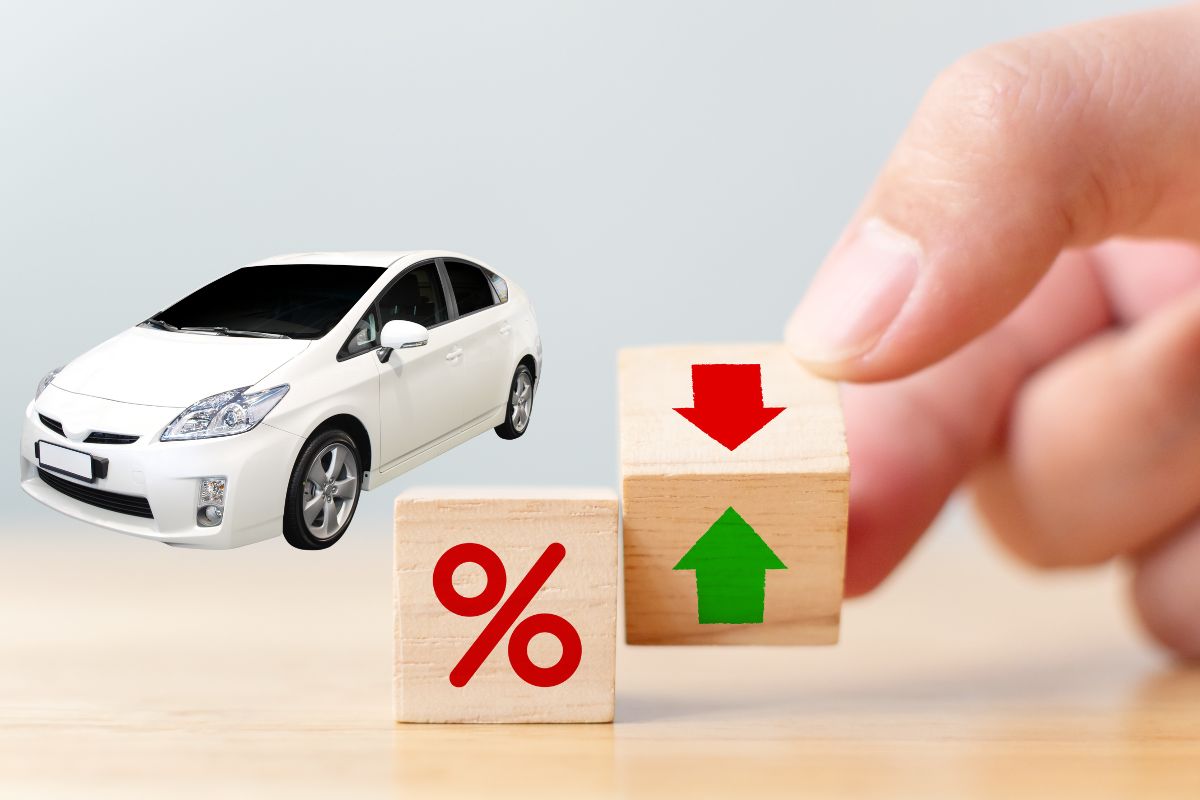Though rates have been rising sharply during the pandemic recovery, that trend will level out.
According to the S&P Global Market Intelligence US Auto Insurance Market Report, private insurer results are expected to improve from where they stood last year, when the combined ratio of 112.2 percent was the worst seen in decades.
That said, according to the report, the improvements won’t occur as quickly as the industry had hoped.
The private auto insurance results are still expected to improve, though not as fast as was previously predicted.
“The post-pandemic return to normalcy has played out differently than most market participants envisioned. Stubbornly elevated crash severity has defied the longer-term trend, reflecting secular changes in working patterns and other factors that have resulted in more wrecks occurring at higher rates of speed,” said S&P Global Market Intelligence Principal Insurance Analyst Tim Zawacki. “Increases in severe crashes have precipitated a rise in litigated claims, which drive up costs. Severe weather and a surge in vehicle thefts have resulted in higher losses in the comprehensive coverage.”

“The industry has responded aggressively to deteriorating results with multiple rounds of sizable rate increases, but carriers’ ability to realign rates to reflect higher loss costs varies widely by geography,” Zawacki went on to say. “We continue to expect that they will eventually succeed in that initiative albeit over a longer timeline and with greater increases in premium rates that we had previously envisioned. Our revised forecast for 2023 direct premiums written growth of 15.9% would easily surpass the previous 25-year-high rate of increase of 10.2% in 2003.”
The growth is predicted in the report to be driven by rate increases, particularly in California and other large states where price changes had been held off until only recently.
After next year, the report predicts that written premium growth rates will quickly ease off toward long-term historical averages, returning to mid-single digits. This is because they expect that the predominance of six-month policy terms from the majority of the largest carriers will make it easier to recapture loss costs.


